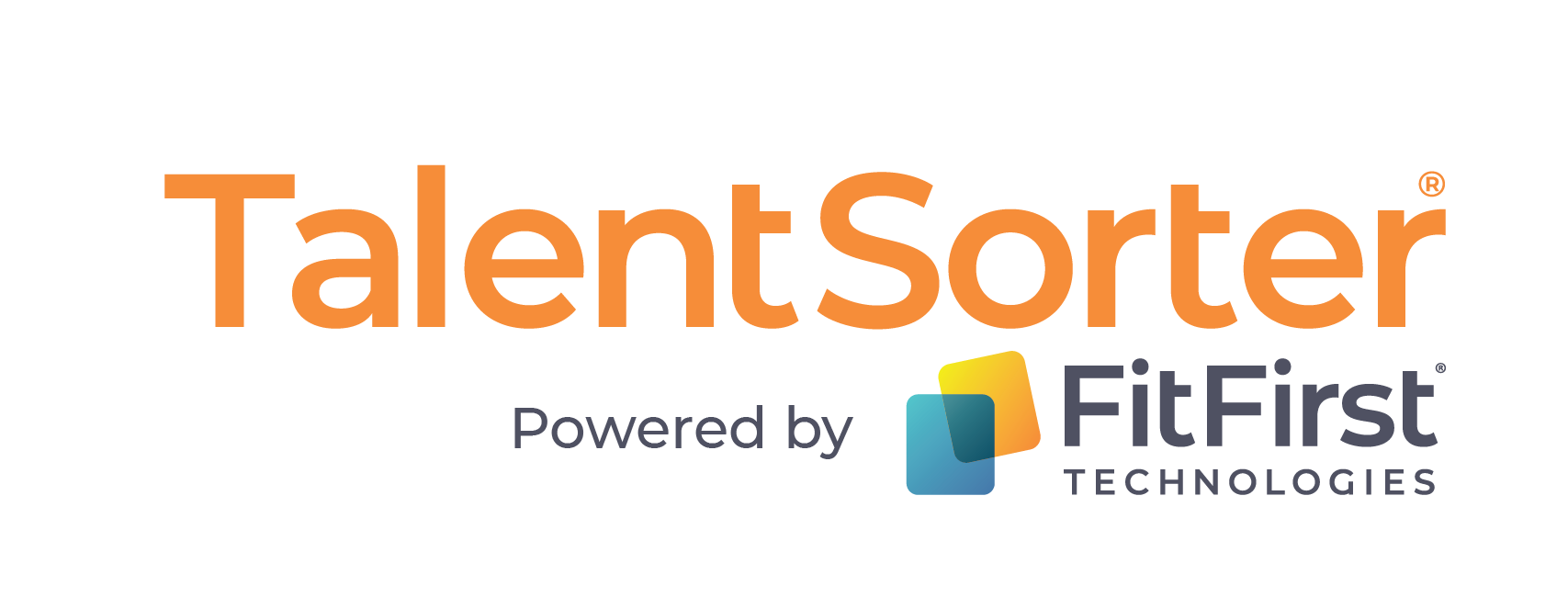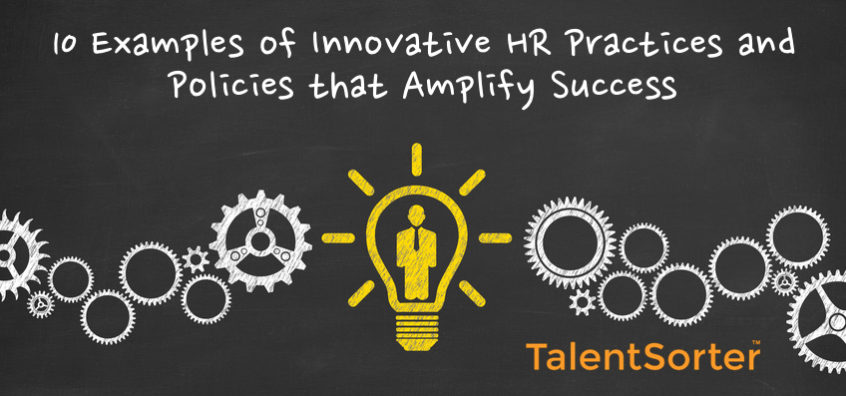An eight-to-five work schedule, with two weeks off a year, and a corner desk were once considered perks to a job, creating satisfaction and loyalty.
Not anymore.
Today, especially with Millennials transforming the workplace, potential employees are searching for more of a work/life integration, and a greater sense of fulfillment from their jobs. The structure of work has broken down and shifted, and Human Resource professionals must take note of a new, progressive environment, or risk missing great talent.
Here are ten innovative HR practices and policies that can amplify success, both with recruiting and maintaining employee satisfaction.
1. Interviewing via video
Cisco has embraced this idea, and others are following. It’s more popular than ever for an employee to reside in a different state, or even country, than the corporate office. Used thoughtfully and correctly, interviewing over video had potential to be a perfect marriage of cost cutting measure and technological sophistication. HR should consider this option the next time the perfect candidate is hundreds of miles away.
While we are on the subject of recruiting…
2. Using Gamification
Marriott Hotel employs this strategy to drive potential employees to their website. Whether a virtual tour of the office or playing a video game completing some of the potential job’s “tasks,” adding such elements into the recruiting toolbox woos younger talent to become more interested in the company, and more likely to apply.
3. Mandated time off
Progressive-thinking companies understand that recharging on vacation is integral to employee focus and productivity. Instead of rewarding workers for being “too committed” to take time off, taking vacation is a required action. New policies that employees are required to take time off for themselves at regular intervals result in a refreshed, re-engaged employee.
Speaking of vacation time…
4. “Owning” unused vacation
Vacation days are technically an employee’s to use as he or she sees fit. If they don’t use them, for whatever reason, a fresh idea is to let them donate them to another employee. Perhaps the beneficiary is taking a trip around the world, or preparing for a life-changing event. The point is that HR acknowledges the employee earned these days, and can dole them out without company involvement. Google practices this policy, with great success.
5. Investing in employee health
Gym memberships, paid in-office medical screening, in-office ping-pong, and “activity game rooms” are becoming more prevalent in companies large and small. HR managers are learning quickly that investing in their workers’ mental and physical health holds great benefit to company productivity.
6. Giving time off for volunteering
Businesses are stepping up and becoming good corporate citizens, and some are encouraging their staff to do the same. CRM Salesforce, for example, covers up to seven days for employees to volunteer. Days off to work in a soup kitchen, build a playground, or volunteer at a hospital are worth their weight in gold at building a well-rounded, happy employee who works hard for the privilege of being part of the greater good – and those benefits can multiply when employees work on a project as a group.
7. Customizing the position for the talent
Progressive HR managers are ditching job descriptions, opting for building the position based on an employee’s strengths and interests. While challenging, this new practice is highly success if moulded correctly. It takes a mix of knowing the employees, and accurately measuring their skill sets.
8. Getting rid of job titles
A few years ago, Zappos eliminated job titles to lessen the “hierarchy” feel of traditional businesses. Looked upon as old and stodgy, renegade companies refuse to pigeonhole employees with one title. The opinion here is that titles stifle the creativity and produces an unproductive hierarchy. Removing them fosters a more united, cohesive team of employees.
9. Two-way mentoring
You CAN teach an old dog new tricks. While newer employees learn invaluable product knowledge and process requirements from company veterans, seasoned employees can get their imaginations sparked, absorb new technology, and discover new “hacks” from the newbies. Smart companies tap into the mentoring relationship as a back-and-forth, not up-to-down.
10. Setting up workplace flexibility as the new normal
Focusing less on work/life balance, and more on the integration of life and work, is a paradigm that is emerging in the workplace. It’s all about how a company values the contribution of an employee, not just the physical hours worked. Time off for appointments and leaving early for school plays brings about loyalty and satisfaction in employees. Edward Jones is an example of a company who successfully offers a variety of flexible components for their employees.
No, you won’t see these ten practices in every office. However, the businesses who embrace one or more of these progressive practices will enjoy higher employee satisfaction, greater morale, and more competitive talent recruiting.
10 More Innovative HR Practices & Policies…
11. Keeping the job a secret
Apple is well known for keeping their jobs a secret in order to prevent competitors from finding out details about their next initiatives. Some candidates at Apple don’t even know about the specific role or the job they are being recruited into throughout the hiring process. For some job candidates, it can cause frustration, but for others, they find the mystery a great challenge and thrilling.
12. Using meetups for recruitment
PR firm Edelman combines social media and meetup events to attract and build relationships with potential new hires. The firm uses employee social media contacts to invite candidates to the meetups held at popular restaurants where candidates get to mingle and build relationships with senior executives.
13. Allowing time for special staff projects
Arrow Group of Companies gives their employees a few hours during the work week to work on any project or task. They can work anywhere, at the office, at home or elsewhere, as long as the project is related to Arrow’s business. According to CEO Sam Ibrahim, some of their best innovations have come from their employees independent staff projects.
14. Asking for feedback
FedEx Corporation provides an annual survey and action program for their employees to provide valuable feedback and management holds meetings to discuss the results. The program allows for an assessment of the problems and creates opportunities for resolution.
15. Providing free food
Many tech and Internet companies like Airbnb, Facebook, Dropbox and Etsy provide creative in-house food programs to their employees. At Dropbox, employees get to eat from a new menu every day with extensive options from Asian, Mediterranean, Indian, American food, low calorie and vegan options and so on. By providing in-house dining options, it is used as a recruitment and retention tool. For these businesses, it is a way to draw people to their company and keep them there. According to Gabriel Cole of Fare Resources, “it helps employees to be productive and engaged.”
16. Playing poker
Susan Hailey, Harrah’s VP of Talent Acquisition launched the MBA Poker Championships in 2006, a successful charity poker and recruitment event. The annual event, held in Las Vegas, invites business school students and alumni from top universities to mingle with recruiters from companies like Google, Microsoft and Dell. Cash prizes are given and a portion is donated to the Alzheimer’s Association. While playing, recruiters are observing the player, looking at their analytical and risk-taking skills. There is also time set aside for potential candidates to meet with recruiters, learn about job opportunities and submit their resumes.
17. Giving nap time
According to a study from the Journal of Sleep, lack of sleep costs American companies about $63 billion annually in lost productivity. The best method to maintaining health and work ethic is to get enough sleep by getting at least seven to nine hours or taking a nap during the day. Napping helps to improve concentration, productivity and helps reduce anxiety. Many companies encourage napping in the workplace. The Huffington Post, Google, Capital One and Ben & Jerry’s provide nap rooms to their employees.
18. Offering referral bonuses
According to research by Jobvite, referrals are statistically higher for hiring better employees with higher retention rates. Recruitment by referrals works well because employees at your company are familiar with the work culture and values. High performing employees will be more likely to refer candidates with similar qualities. At Hubspot, the company offers up to a $30,000 bonus for referring full-time software and designers who get hired. In addition, employees also receive tuition reimbursement and unlimited vacation on top of the bonus.
19. Showing genuine care
Disney believes in consistently showing genuine care to employees makes them feel happier and more engaged at work. One of the company’s tasks is to find out what is bothering the team. Small things like replacing an uncomfortable office chair or playing music while at work helped to show their employees that they care. At DevFacto Technologies, an employee was always late to work, instead of punishing him, the company decided to explore the problem. They discovered the employee had insomnia and sent him to a sleep institute that eventually cured him. Now, the employee arrives to work before 9am every day.
20. Offering money to leave
Zappos, an online shoe store has an extensive hiring system that consists of telephone interviews and lengthy personal interviews. Candidates who are selected must attend informal events such as happy hours where they interact with company staff and learn about the work culture. Those who are selected after the events are given on-board training and at the end of the training, the candidates get a $3000 offer to leave. Approximately 3% of people take the offer, but those who choose to stay are the ones who thoroughly understand the company’s culture and philosophy and end up staying long-term.
But of course, not matter what your HR policies are, it starts by hiring the right people in the first place – people who will fit with the work that’s waiting for them there, and with your company, your culture, and your co-workers. To help hire for fit first, check out TalentSorter’s employee assessment tool.
TalentSorter™ uses behavioural science to test, assess & hire the right people for your organization – improving productivity and reducing turnover. Get a quote or ask about a Free Demo.

